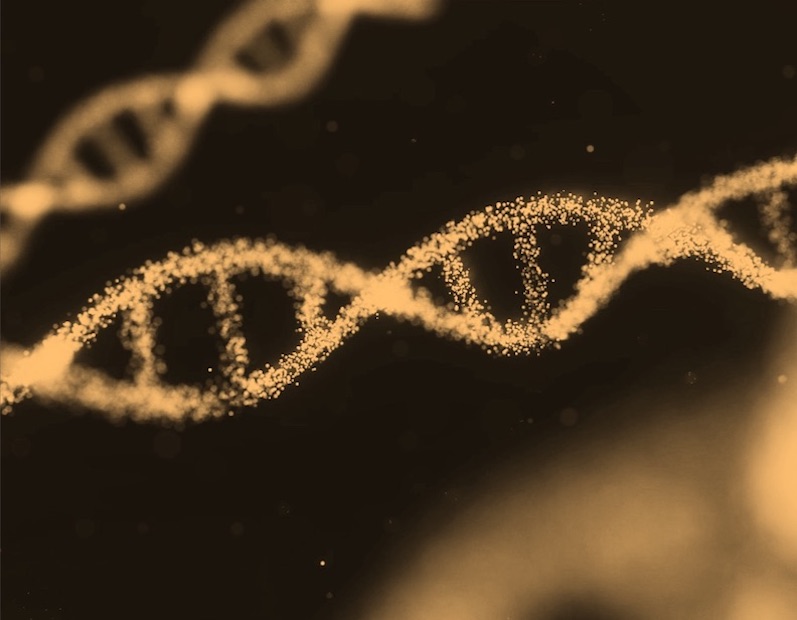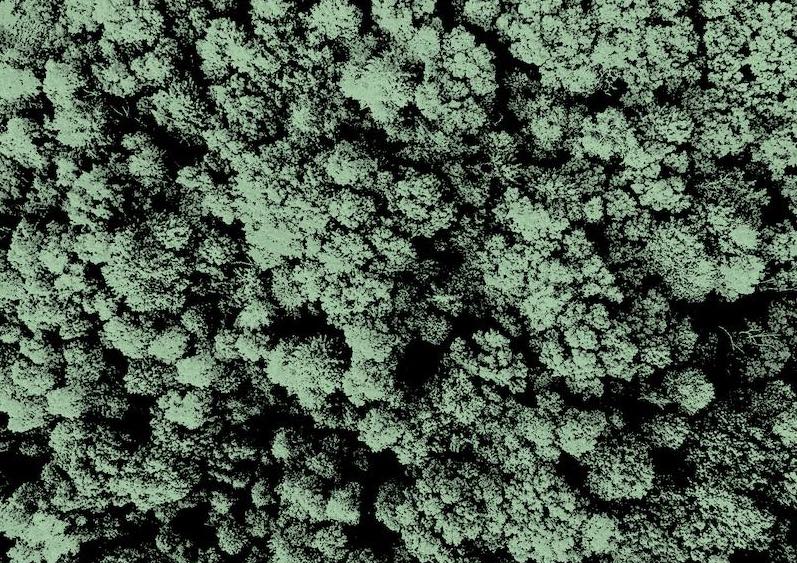What is it about?
As an analytic tool in medicine, particularly in radiology, deep learning is gaining much attention and opening a new way for disease diagnosis. Nonetheless, it is rather challenging to acquire large scale detailed labelled datasets in the field of medical imaging. In fact, transfer learning provides a possible way to resolve this issue to a certain extent such that the parameter learning of a neural network starts with its pre-trained weights learned from a large scale dataset of certain similar task, and fine-tunes on a small comprehensively annotated dataset for the particular target task. The main aim of this study is to apply the deep learning model to detect the synovial fluid of human knee joint from magnetic resonance (MR) images. A specialized convolutional neural network (CNN) architecture is proposed for automated detection of human knee joint’s synovial fluid. Two independent datasets are used in the training and evaluation of the proposed model: Shanghai Key Laboratory of Orthopaedic Implants dataset is used for the training purpose, while PC Hospital Liaoning dataset is used for the development and testing. It is demonstrated by the experimental results that the proposed model obtains high sensitivity, specificity, precision and accuracy to the detection of human knee joint’s synovial fluid. As a result, this proposed approach provides a novel and feasible way for automating and expediting the synovial fluid analysis.
Featured Image

Photo by Chris Ried on Unsplash
Why is it important?
The objective of this work is to make and investigate a deep learning model for synovial fluid detection on knee MR images. Due to incorrect or late diagnosis, a few cases of wrong treatment have been filed. Since effect of treatment takes time to appear, sometimes misdiagnosis leads to an increased need for surgical treatment and hospitalization duration [45]. Developing an automatic synovial fluid detection system could be good to lessen the workload of radiologists or even orthopaedic surgeons and also decreasing the subjectivity, inaccuracies due to the tiredness of medical specialists. This proposed work can also be useful when experienced radiologists are not readily available and for low-experienced clinicians in the third world countries. This detection system can be integrated with the MR imaging machines. This proposed method is easily extensible to several image modalities such as radiography to detect the joint dislocation or fractured bones, elastography to diagnose the presence or status of disease in soft tissues.
Perspectives
A deep learning-based method for automatic detection of synovial fluid from MR images of human knee joint has been proposed in this research paper. The specialized deep CNN architecture is designed for the complicated synovial fluid detection task and the transfer learning is implemented from the pre-trained weights of COCO dataset. The experimental results demonstrate that the proposed deep learning approach with transfer learning mechanism can detect the synovial fluid of human knee joint with high accuracy. While these results are encouraging, further validation and improvement are still necessary before it can be entirely executed in medical practice.
Dr Imran Iqbal
Yale University
Read the Original
This page is a summary of: Deep Learning-Based Morphological Classification of Human Sperm Heads, Diagnostics, May 2020, MDPI AG,
DOI: 10.3390/diagnostics10050325.
You can read the full text:
Resources
Contributors
The following have contributed to this page







